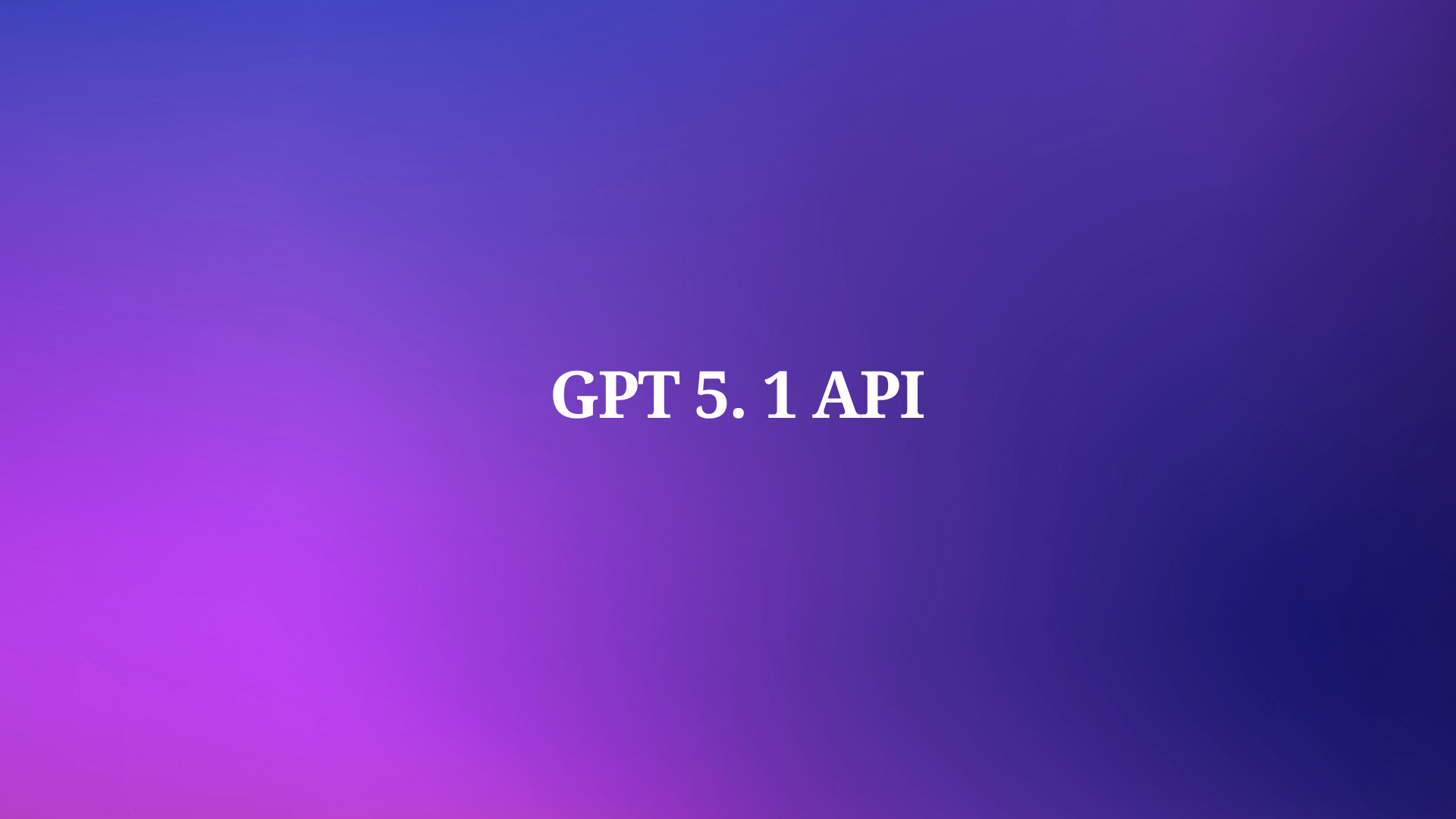In the world of APIs, clarity and precision are paramount. OpenAPI (formerly known as Swagger) has become a standard for defining APIs, offering a structured way to describe the capabilities of a service. One powerful feature within OpenAPI is the discriminator, which is essential for managing polymorphic data structures. This blog will explore what the OpenAPI discriminator is, why it’s important, and how to use it effectively in your API definitions.
What is an OpenAPI Discriminator?
The OpenAPI discriminator is a mechanism used to support polymorphism in your API definitions. In object-oriented programming, polymorphism allows objects of different types to be treated as instances of the same class through inheritance. The discriminator in OpenAPI serves a similar purpose by enabling the API to distinguish between different, but related, data models within a hierarchy.
Imagine you have a base class called Animal with subclasses Dog, Cat, and Bird. When you define an endpoint that returns an Animal, the API could actually return any of these three subclasses. The discriminator helps the API client determine which specific type of Animal it received, ensuring that the client can deserialize the response correctly.
Why is the Discriminator Important?
Polymorphism is common in APIs that deal with complex data structures. Without a discriminator, an API client might struggle to identify the actual type of object it has received, leading to potential errors in processing or deserialization. The discriminator provides a clear, unambiguous way to convey this information, ensuring that both the API and the client remain in sync.
Key benefits include:
- Type Safety: Helps ensure that the client knows exactly what type of object it is dealing with, reducing the risk of runtime errors.
- Improved Documentation: Makes the API documentation clearer, helping developers understand the structure of the data returned by the API.
- Enhanced Flexibility: Supports a wide range of data models, allowing the API to evolve without breaking existing clients.
How to Use the Discriminator in OpenAPI
Using the discriminator involves a few steps, but it’s straightforward once you understand the process. Here’s a step-by-step guide:
1. Define the Base Schema
Start by defining the base schema that other models will extend. This base schema will include the common properties shared by all derived models.
components:
schemas:
Animal:
type: object
required:
- type
properties:
type:
type: string
name:
type: string2. Create Sub-Schemas
Next, define the sub-schemas for each specific type. These sub-schemas will extend the base schema and include any additional properties unique to that type.
components:
schemas:
Dog:
allOf:
- $ref: '#/components/schemas/Animal'
- type: object
properties:
breed:
type: string
Cat:
allOf:
- $ref: '#/components/schemas/Animal'
- type: object
properties:
color:
type: string
Bird:
allOf:
- $ref: '#/components/schemas/Animal'
- type: object
properties:
wingspan:
type: number
3. Add the Discriminator
Now, add the discriminator to the base schema. The discriminator object specifies the name of the property that will be used to determine the type, and it also maps possible values of this property to the corresponding sub-schemas.
components:
schemas:
Animal:
type: object
required:
- type
properties:
type:
type: string
name:
type: string
discriminator:
propertyName: type
mapping:
dog: '#/components/schemas/Dog'
cat: '#/components/schemas/Cat'
bird: '#/components/schemas/Bird'
In this example, the type property is the discriminator that tells the API client which specific schema to use based on the value provided (dog, cat, bird).
4. Use the Discriminator in API Endpoints
Finally, you can use the base schema in your API endpoints. The discriminator will handle the selection of the appropriate sub-schema based on the value of the type property.
paths:
/animals:
get:
summary: Get a list of animals
responses:
'200':
description: A list of animals
content:
application/json:
schema:
type: array
items:
$ref: '#/components/schemas/Animal'
In this setup, when the /animals endpoint is called, the response will be an array of Animal objects. Each object will include a type property that the client can use to determine whether it’s a Dog, Cat, or Bird, and then deserialize it accordingly.
When to Use Openapi Discriminator?
The OpenAPI discriminator is a powerful feature that helps manage and define polymorphic data models within APIs. Here are some scenarios when it is beneficial to use the OpenAPI discriminator:
1. Hierarchical Data Structures
If your API involves complex data models that have a clear hierarchy, using a discriminator can help differentiate between the various subclasses. For example, if you're working with a base object like Vehicle, and there are specific types such as Car and Truck, a discriminator can specify which type is being referenced.
2. Simplifying Client Logic
When the API consumers (clients) must handle multiple types under the same resource, implementing a discriminator streamlines the client-side logic. Instead of writing extensive checks and conditions to determine the object type, clients can rely on the discriminator property to understand what type they are dealing with instantly.
3. Improving API Documentation
Using an OpenAPI discriminator enhances the clarity of API documentation. It makes it straightforward for developers and users to understand how different object types relate to one another. A clearly defined discriminator in the schema provides explicit guidance on how to handle each type.
4. Enforcing Type Safety
By defining a discriminator, you establish a contract for the API. Clients must conform to the specified types, which enhances type safety. This is particularly helpful in statically typed languages like Java or TypeScript, where clearly differentiated types can reduce runtime errors.
5. Handling Response Payloads
When an API can return different types of objects based on the same endpoint—such as returning different user roles or product types—using a discriminator allows the API to indicate which type the response corresponds to, improving the client's ability to parse the response correctly.
6. Facilitating Versioning
In cases where you need to introduce new types while preserving backward compatibility, a discriminator can be advantageous. It allows you to manage new types without disrupting existing API functionality or requiring major changes to the API consumers.
7. Reducing Redundant Schema Definitions
When multiple objects share common properties but also have unique attributes, a discriminator reduces redundancy by allowing you to define shared properties in a base schema while defining specific properties in derived schemas.
8. Polymorphism in APIs
In RESTful APIs that need to leverage polymorphism, the discriminator effectively allows different subtypes to be handled appropriately under a common parent type. It promotes a cleaner implementation of polymorphic behavior, which is essential for complex applications.
Best Practices for Using Discriminators
While the discriminator is a powerful tool, it’s important to use it correctly to avoid common pitfalls:
- Keep the Base Schema Simple: The base schema should only include properties that are truly common to all subtypes. Avoid adding properties that are specific to certain subtypes.
- Ensure Unique Discriminator Values: The values used in the discriminator property (like
dog,cat,bird) should be unique across all possible subtypes to avoid conflicts. - Test Extensively: Always test your API thoroughly to ensure that the discriminator is functioning correctly, especially when adding new subtypes or modifying existing ones.
Conclusion
The OpenAPI discriminator is an invaluable feature for managing polymorphic data structures in your API. By allowing different data models to be treated as a single entity while maintaining type safety and clarity, it simplifies the development process and enhances the API’s usability. Whether you’re building a complex API with multiple data models or just starting, understanding and leveraging the discriminator can help you create more robust and maintainable APIs.
For developers looking to refine their OpenAPI skills, mastering the discriminator is a key step. By following the guidelines and best practices outlined in this blog, you’ll be well-equipped to implement discriminators effectively in your API projects.



